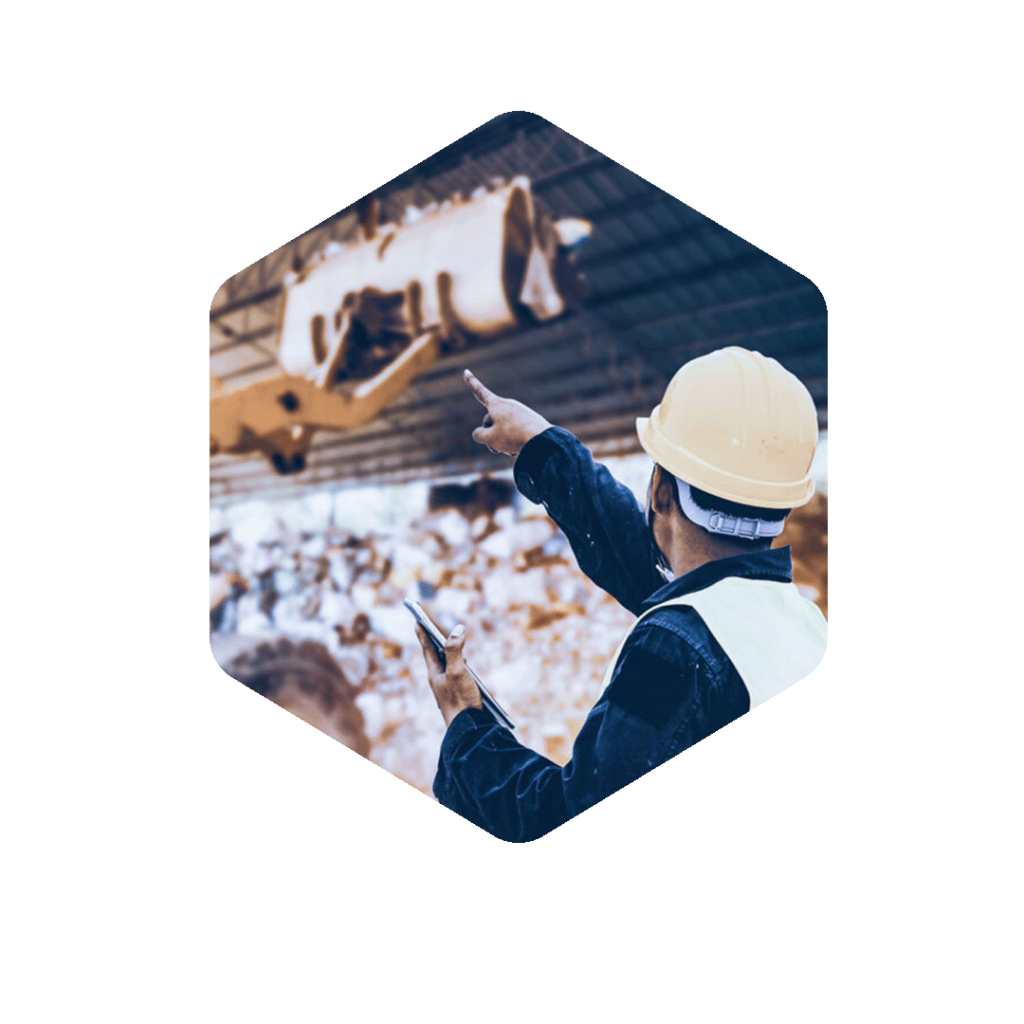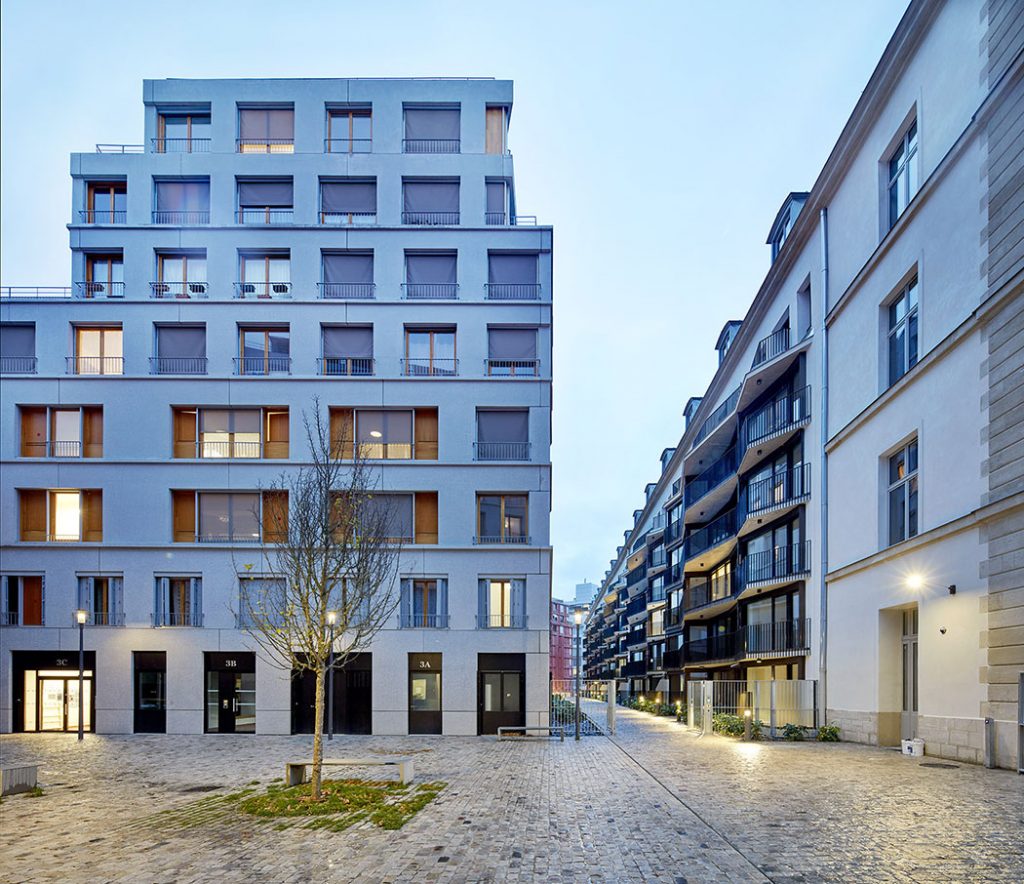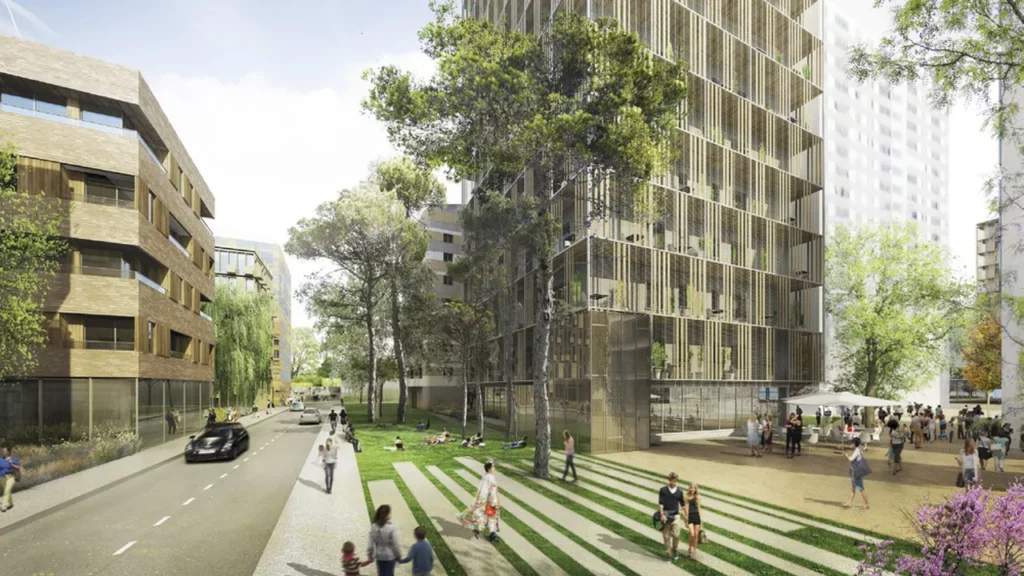The reuse of products or materials in the building sector
How to define the reuse of products or materials in the building sector
According to the Environmental Code (Article L541-1-1), reuse is "any operation by which substances, materials or products that are not waste are used again for a purpose identical to that for which they were designed."
TheADEME specifies that "reuse is the operation by which a product is given or sold by its initial owner to a third party who, a priori, will give it a second life. The product keeps its status of product and does not become at any time a waste. Thus, the installations which practise the re-use are not installations classified ICPE as waste.

What's the difference between reuse and repurposing?
Reuse is defined as "any operation by which substances, materials or products that have become waste are used again.
Reuse and reutilization are therefore distinguished by whether or not the end-of-life good is transformed into waste. Unlike the notion of reuse, reuse activities are distinguished by the use of a used product as "waste".
What does the law say about the reuse of materials?
Article L. 541-4-4 of the Environmental Code states that "In the context of a building rehabilitation or demolition site, if a sorting of materials, equipment or construction products is carried out by an operator who has the ability to control the products and equipment that can be reused, the products and equipment intended for reuse do not take on the status of waste."
The legal conditions for the reuse process are therefore the following: the realization of a diagnosis by a qualified professional of the building field and the absence of passage by a waste management site. However, the reuse will sometimes require a preparation of the product to be used again: control, cleaning, repair...
The practice of reusing materials in France
While the recycling rate is encouraging (60 to 70% of inert waste is recovered and 30 to 50% for non-hazardous non-inert waste*), the practice of reuse is still marginal.
However, more and more players are arriving on the sector of reuse in the building industry and propose new solutions: design and consulting firms, dedicated training organizations, marketplaces to sell and buy materials already used, modeling tools ...
*Source: Ministry of Ecological Transition (click here)
What are the stakes of reuse?
Reuse is the priority action in the hierarchy of waste treatment methods. In a context of increasing scarcity of resources, issues of illegal dumping and, more broadly, of waste management, it is attracting more and more players who are involved in exemplary initiatives, either on an experimental basis or in the context of a generalization. However, despite the multiplication of these successful initiatives, the reuse of PMCB remains quantitatively a niche phenomenon.

What are the obstacles to the re-use of Construction Products and Materials in the building industry?
Numerous obstacles and locks have been identified in the PMCB reuse market. This explains the low tonnages today. According to the PMCB EPR prefiguration study (ADEME, March 2021) "estimates that less than 1% of PMCB is reused, mainly in the case of voluntary initiatives by public or private project owners", i.e. between 40,000 and 400,000 tons, including inert and non-inert materials. The generalization of the reuse of the PMCB faces the lack of anticipation or knowledge, the well anchored current practices, the insurance risks, the additional cost of the materials, the lack of prescription of the owners and the difficulty of putting in relation the actors and the provision of materials and products.
The disincentives associated with PMCB reuse are divided into two categories:
- The brakes linked to the development of the offer with a lack of selective removal of equipment and reusable materials during a deconstruction site.
- The brakes related to the stimulation of demand with difficulties in the marketing of equipment and materials from reuse and legal and regulatory brakes.
Quelles sont les actions menées par Valobat pour répondre aux enjeux du réemploi ?
What the specifications ask of us
- To financially support the reuse zones on all the points of mesh as well as the points of resumption which wishes to set up it on their site.
- Take back waste from a reuse activity for free.
Valobat accelerates on the subjects of reuse and goes further in its approach through :
- The promotion of tools likely to bring out a supply of products and materials from reuse: diagnosis of the EDP, guides and methods relating to exemplary deconstruction and the reuse of materials and products, etc.
- The definition of a potential of reusable/recyclable products and materials and an inventory at "t0" allowing to define objectives shared by the actors and achievable.
- The elaboration of an action plan aiming at developing the reuse and the re-use of PMCB. It is being drafted with all stakeholders with the objective of amplifying and generalizing this common sense practice which has always been practiced in the construction sector.
Examples of reuse of materials in the building sector

New district of the Reuilly barracks, Paris 12
Client: Paris Habitat
Transformation of 5 of the existing buildings (former barracks) into rental housing
Construction of 6 new buildings with reused equipment
A total of 582 rental units with shops and a crèche
Materials reused: doors, mailboxes, paving stones for the pedestrian walkways, concrete from demolition for the roadway...

Deconstruction of the Cité Gagarine, Ivry-sur-Seine (94)
Owner: EPA Orsa-Grand Paris Aménagement with Archikubik
Impossible to modify the building because the building was too far from the standards
Selective deconstruction
Reuse of structural materials: concrete, rubble
Reuse of equipment: radiators, doors, mailboxes
Other equipment was recovered by the project management assistant (AMOA) to be reused on another site


